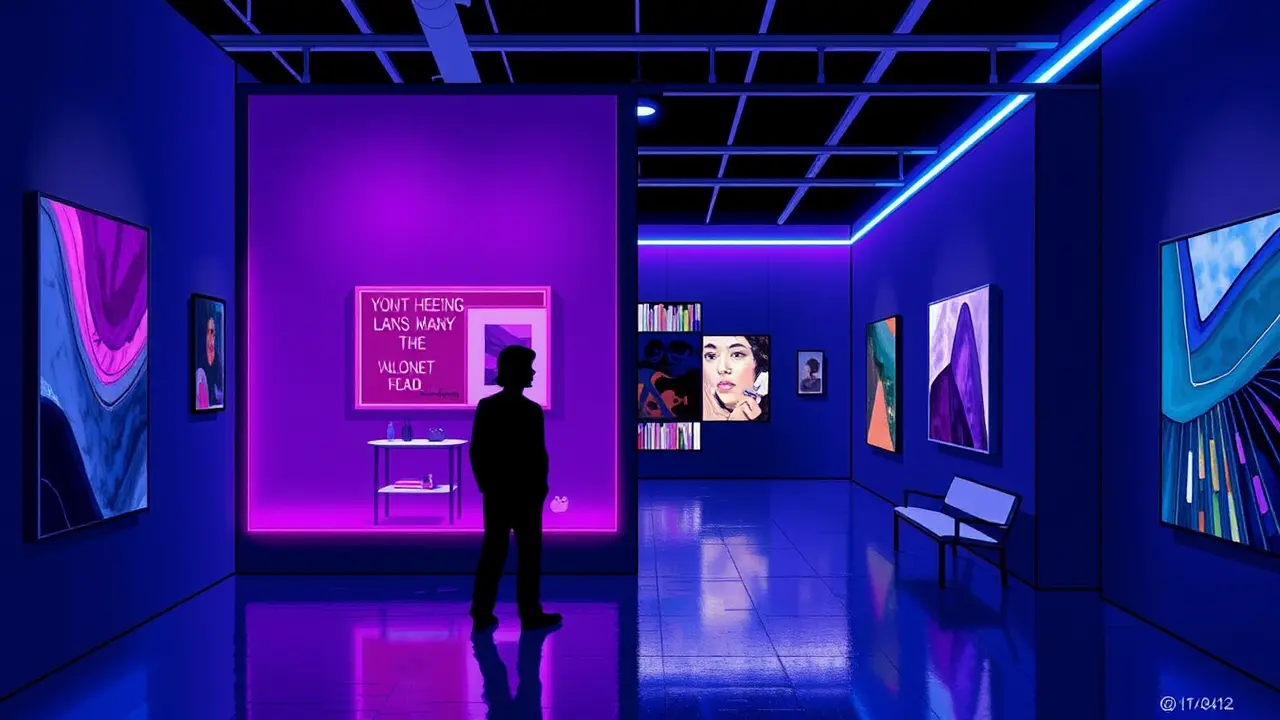San Francisco Art Gallery Closes Due To Financial Pressures.
There’s a particular quiet that falls over a gallery when it’s about to close, a stillness that speaks louder than any closing-night speech, and it’s a silence Claudia Altman-Siegel knows all too well now. In a conversation that felt more like a heartfelt confession than a business interview, the veteran dealer unpacked the slow, painful unraveling of her beloved San Francisco space, a process she described not with the cold language of finance, but with the weary acceptance of someone who has fought a long, losing battle against an invisible tide.For her, the final straw wasn't a single catastrophic event, but the cumulative weight of an ecosystem that has become, in her own poignant words, 'completely unrealistic' for anyone not playing in the megas' league. The art fair, once a vibrant marketplace for discovery, has transformed into a high-stakes gladiatorial arena where one unsuccessful fair can indeed put you out of business; it’s a gamble with rent, payroll, and your entire reputation on the table, a pressure that suffocates the very curatorial risk-taking that defines a gallery's soul.This isn't just about one business shutting its doors; it's a story about the soul of a city's art scene, a narrative echoed in the shuttered windows of countless other mid-tier galleries from Chinatown to the Mission, each closure a small death for a unique artistic community. San Francisco, with its brutal cost of living and its tech-dominated economy, presents a uniquely challenging landscape, where the traditional patron class has been supplanted by a new moneyed elite whose collecting habits often skew toward the blue-chip safety of established names, leaving little oxygen for the emerging artists that galleries like Altman-Siegel’s were built to champion.I’ve spoken to other dealers in the past few weeks, and the sentiment is a shared, grim nod—a recognition that the model is broken, that the physical space is becoming a luxury few can afford, and that the intimate relationship between an artist, a dealer, and a collector is being eroded by the spectacle of the fair and the algorithm of the online viewing room. What happens to the artists she nurtured? They are cast adrift, forced to navigate a system that is increasingly hostile to those without massive institutional backing or viral social media fame.What is lost is the slow, patient work of building a career, the kind of work that happens not in the fluorescent glare of a convention center but in the quiet, persistent conversations in a gallery's back room. This closure feels like a punctuation mark in a larger story about cultural erosion, a move from a diverse ecosystem to a homogenized, globalized art market where only the biggest and loudest survive. It’s a human story, at its core, about passion running headlong into the immovable wall of economics, and the quiet grief that follows when a space that was once a beacon for creativity turns its lights off for the last time.
JA
Jamie Larson123k2 days ago
this is just the guy looking at the four-panel meme where his brain keeps getting bigger but it's actually a bad thing smh the art world feels so broken rn
0
JA
Jamie Larson123k2 days ago
saw this coming tbh the whole scene feels like its just for the big players now smh
0
